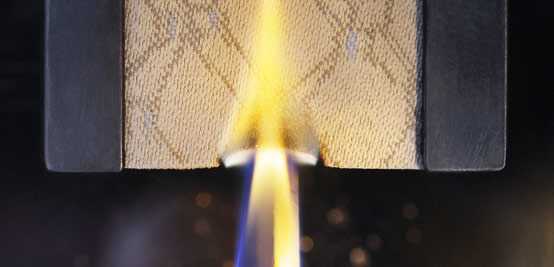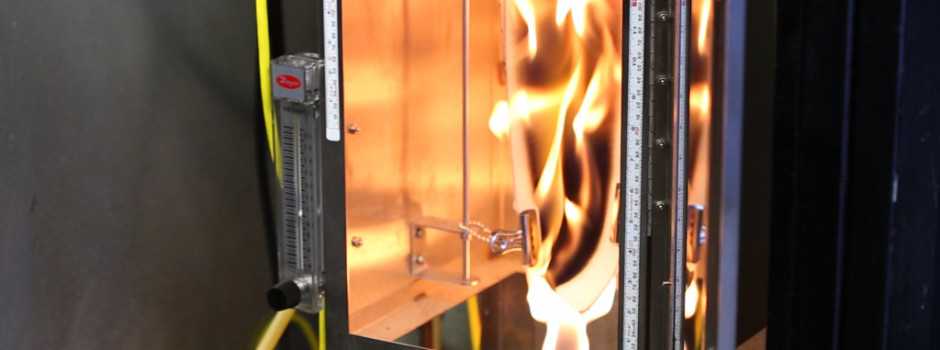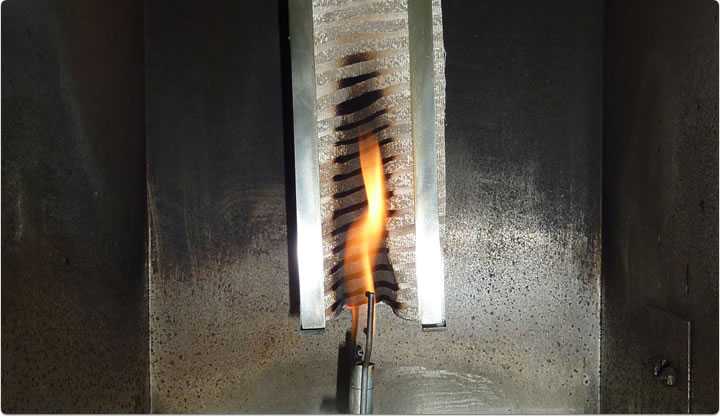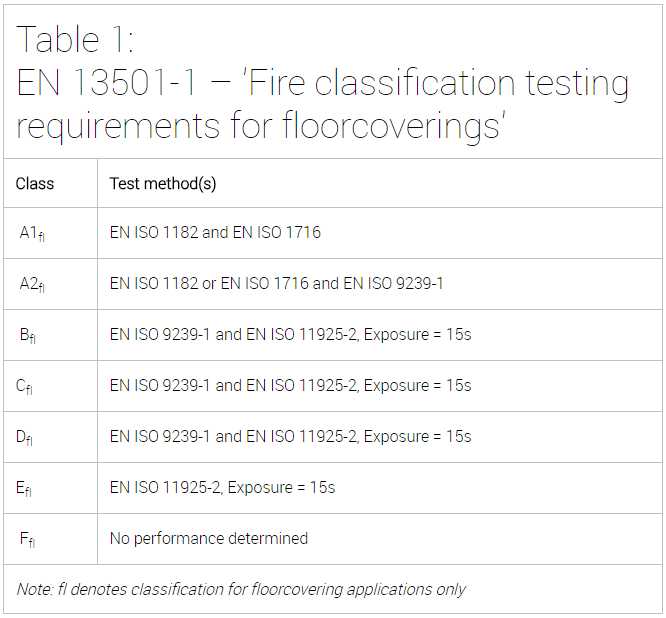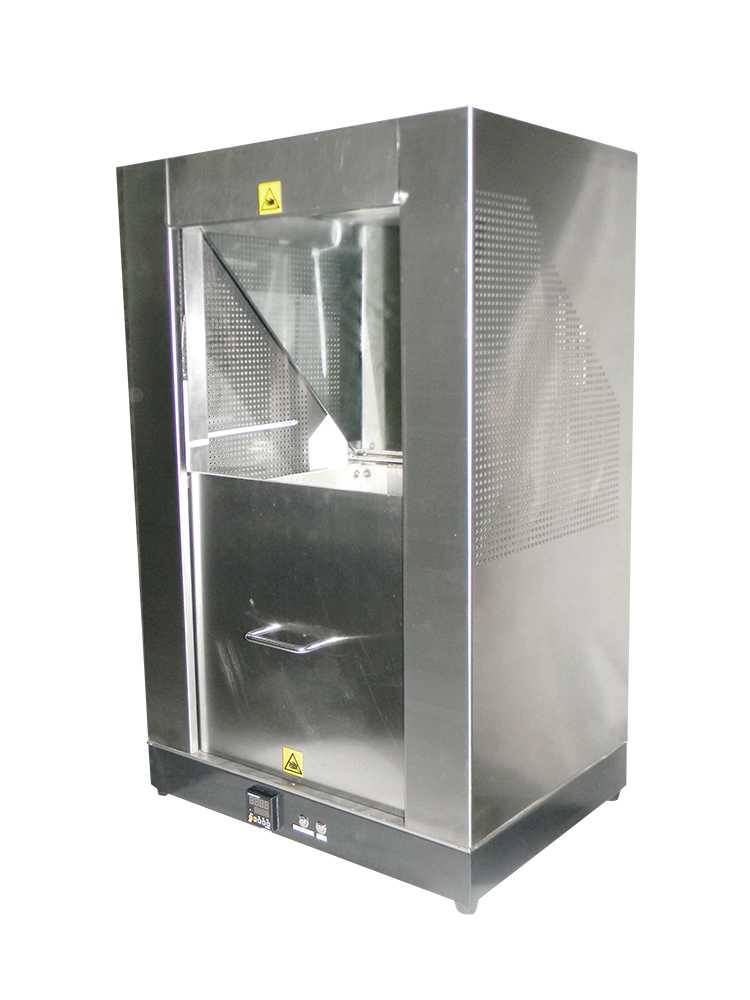Carpet main flammability tests

For manufacturers of textile, resilient, laminate and hardwood flooring products, EN ISO 11925-2 and EN ISO 9239-1 are the most important test methods called up for classification. Commercial and contract application floorcovering products will most probably be tested against the requirements which need to be met to obtain a class Bfl, Cfl or Dfl classification. For domestic products Class Efl is likely to be sufficient.
N ISO 9239-1 – 'Reaction to fire tests for floorings. Part 1: Determination of the burning behaviour using a radiant heat source'
EN ISO 9239-1 describes a test procedure for assessing the burning behaviour (spread of flame and smoke development) of horizontally mounted floorcoverings firstly exposed to a radiant heat source and then ignited with a pilot flame. The applied radiant heat flux (kW/m2) simulates the thermal radiation levels likely to impinge on a floor whose upper surface is heated by flames or hot gases or both, from a fire in an adjacent room or compartment.
The test is applicable to all types of floorcovering including textile carpet, cork, wood, rubber, resilient, laminates and resins. It is used for classification against EN 13501-1 Classes A2fl, Bfl, Cfl or Dfl.
EN ISO 1182 – 'Reaction to fire tests for building products – Non-combustibility test'
This test specifies a method of test for determining the non-combustibility performance (for example, resistance to burning), under specified conditions, of homogeneous building products and substantial components of non-homogeneous building products.
A test specimen is subjected to a temperature of 750?C in a furnace for a period of 30 minutes whilst observations are made of any flaming of the test specimen that occurs together with changes in the temperature of the test chamber created by the burning of the sample. On completion of the test, the test samples, including all pieces that have not burnt, are weighed and checked against the initial measurements.
EN ISO 11925-2 – 'Reaction to fire tests – Ignitability of building products subjected to direct impingement of flame. Part 2: Single flame source test'
This test determines the ignitability of a vertically mounted test specimen when a small flame is directly applied to its surface and/or one of its edges. No other heat source is used. The test is used for classification against EN 13501-1 Classes Bfl, Cfl, Dfl or Efl.
2018-08-09 13:39

